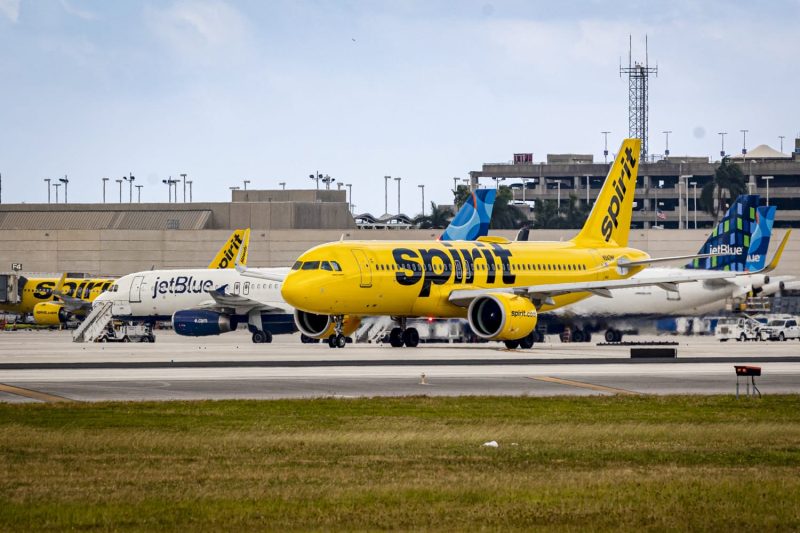Low-Cost Airlines: Streamlining Operations Through New Planes
Low-cost airlines have long been known for their ability to provide affordable air travel for passengers. In order to maintain their competitive edge and continue offering low fares, these airlines are constantly seeking ways to cut costs without compromising on safety and service quality. A key strategy that many low-cost airlines are now embracing is the incorporation of new, more fuel-efficient planes into their fleets.
One area where low-cost airlines are cutting back is in the operation of older, less efficient aircraft. These planes often require more maintenance and fuel consumption, resulting in higher operating costs for the airlines. By phasing out these older aircraft and introducing new, more fuel-efficient planes, airlines can significantly reduce their operating expenses and improve their overall profitability.
Moreover, the use of new planes can also lead to a more environmentally friendly operation. Modern aircraft are designed to be more fuel-efficient and produce fewer emissions compared to older models. This not only benefits the airlines in terms of cost savings but also helps reduce their carbon footprint and contribute to sustainability efforts in the aviation industry.
Additionally, new planes offer enhanced passenger comfort and amenities, which can help low-cost airlines differentiate themselves in a competitive market. Features such as larger overhead bins, improved cabin air quality, and entertainment options can enhance the overall flying experience for passengers and increase customer satisfaction.
Furthermore, new planes are often equipped with the latest technology and safety features, ensuring a higher level of reliability and security for both passengers and crew. This can help build trust and confidence in the airline brand, leading to increased loyalty and repeat business from customers.
In conclusion, the decision by low-cost airlines to invest in new, more efficient planes is a strategic move that can yield multiple benefits. By streamlining operations, reducing costs, improving sustainability, and enhancing the passenger experience, airlines can position themselves for long-term success in the competitive aviation industry. The adoption of new planes represents a forward-thinking approach that aligns with the evolving needs and expectations of both airlines and passengers in today’s dynamic air travel landscape.
